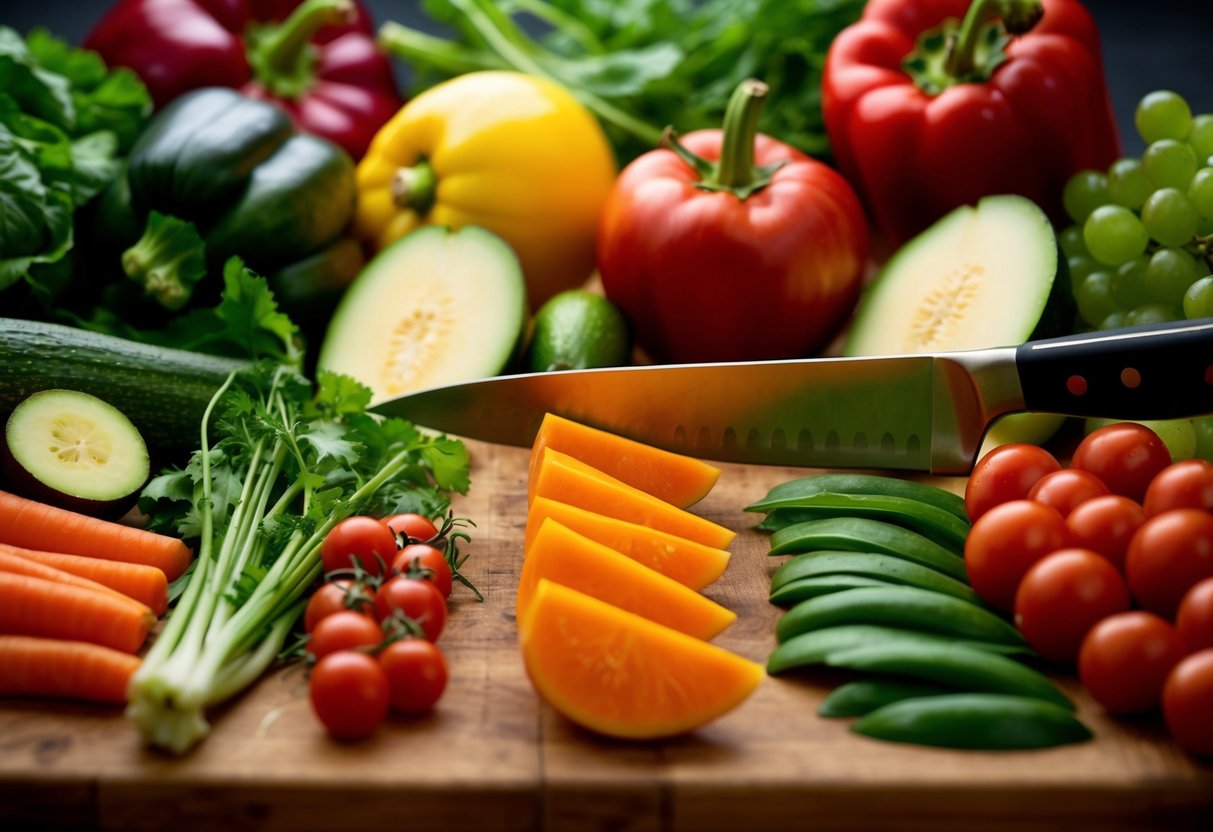Mastering Knife Skills: Key Tips for Efficient Cooking
Hand Position and Safety
Inappropriate hand positions can lead to injuries. Keeping fingers tucked away from the blade is a key safety measure. The “claw grip” technique is effective; the fingers curl inwards, knuckles guiding the knife while keeping fingertips safe. This position not only protects fingers but also improves visibility of the cut.
Safety also involves proper knife storage and maintenance. Dull knives can slip more easily and require more force, increasing the likelihood of accidents. Regularly sharpening knives, storing them properly, and maintaining a clutter-free cutting surface contribute to a safer kitchen environment. Prioritizing safe hand positions and routine knife care is essential for efficient, injury-free cooking.
Sharpening Your Knife Skills
Proper knife techniques can transform cooking into a more efficient and enjoyable task. Keeping a sharp knife is crucial for precision and safety in the kitchen.
Maintaining a Sharp Blade
A sharp knife is safer and more effective than a dull one. Proper blade maintenance prevents mishaps and enhances efficiency. It’s important to clean knives immediately after use with warm water and a soft cloth. Store them securely using a magnetic strip or knife block to protect the blade edge.
Regularly honing the knife with a steel rod helps keep it aligned. This process is about maintaining rather than sharpening, ensuring the blade remains straight and effective for detailed tasks. Avoid dishwashers, as they can cause damage and dullness over time.
Sharpening Techniques
Using appropriate sharpening techniques ensures knives perform at their best. Whetstones offer excellent control, allowing users to choose the angle for precision sharpening. Starting with a coarser grit removes dull edges, and finishing with a finer grit refines the blade.
Electric sharpeners provide a quick alternative by guiding the knife through preset angles, making them user-friendly. Pull-through sharpeners are handheld and convenient. They usually have two slots for coarse and fine sharpening, ideal for minor touch-ups. Consistency is key with any method chosen to ensure a sharp and reliable edge.
Essential Knife Cuts

Mastering knife cuts is an integral part of efficient cooking. Different techniques such as chopping, dicing, julienning, brunoise, mincing, and chiffonade are used to achieve various textures and cooking results.
Chop and Dice
Chopping is a basic knife skill where ingredients are cut into irregular or uniform pieces, often larger in size. It’s commonly used for vegetables like onions, carrots, and celery, maintaining texture without precision. To chop effectively, the knife should have a slight rocking motion, starting with the tip against the board.
Dicing, on the other hand, involves more precision. Ingredients are cut into uniform cubes. Sizes can range as follows: small dice (about ¼ inch), medium dice (about ½ inch), and large dice (about ¾ inch). Dicing is crucial for consistent cooking, especially in dishes like stews or soups, where uniform pieces ensure even cooking.



